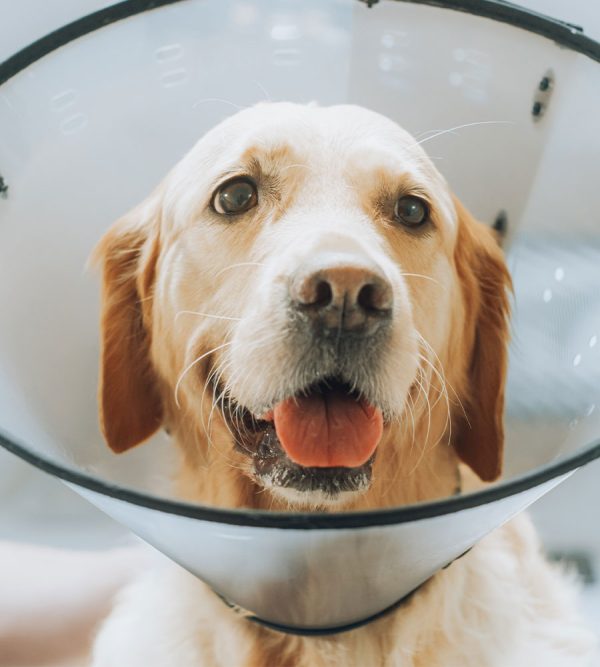Dental Services
Imagine what your mouth would feel like if you never brushed your teeth or went to the dentist. For many dogs and cats, this is a painful reality. According to the American Veterinary Dental Society, more than 80% of dogs and 70% of cats have dental disease by the age of 3. Dental (or periodontal) disease is the most frequently diagnosed health problem in pets.
![Dentistry_s2-img1-600x667[1]](https://aberdeenveterinaryclinic.com/wp-content/uploads/2025/05/Dentistry_s2-img1-600x6671-1.jpg)
![Dentistry_s2-img2-600x667[1]](https://aberdeenveterinaryclinic.com/wp-content/uploads/2025/05/Dentistry_s2-img2-600x6671-1.jpg)
Common signs of dental disease include:
- Yellow or brown buildup (tartar) on the teeth
- Red, swollen, or bleeding gums
- Bad breath
- Excessive drooling
- Changes in eating or chewing habits
- Pawing at the face
- Loose teeth
- Depression


Schedule your pet’s dental exam today! We can also help show you how to brush your pet’s teeth and recommend foods and treats that will help combat plaque and tartar buildup.

Digital Dental Radiology
Dental care is important and seeing what is under the gums is aided by digital dental x-rays. The x-rays look at the root health, the boney structure around the root, and the canal through the tooth. Decay and disease can hide in all of these areas and with the help of digital dental x-ray, the doctors at Aberdeen Veterinary Clinic can make your pet’s oral cavity healthy.
